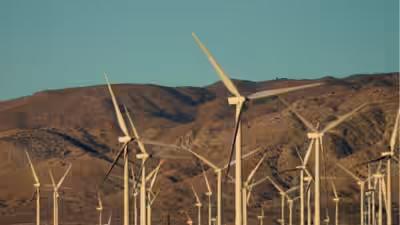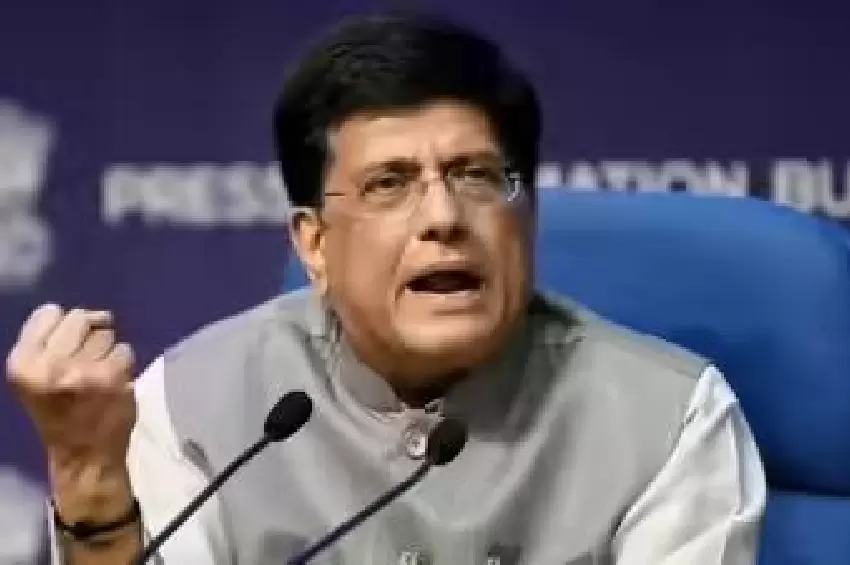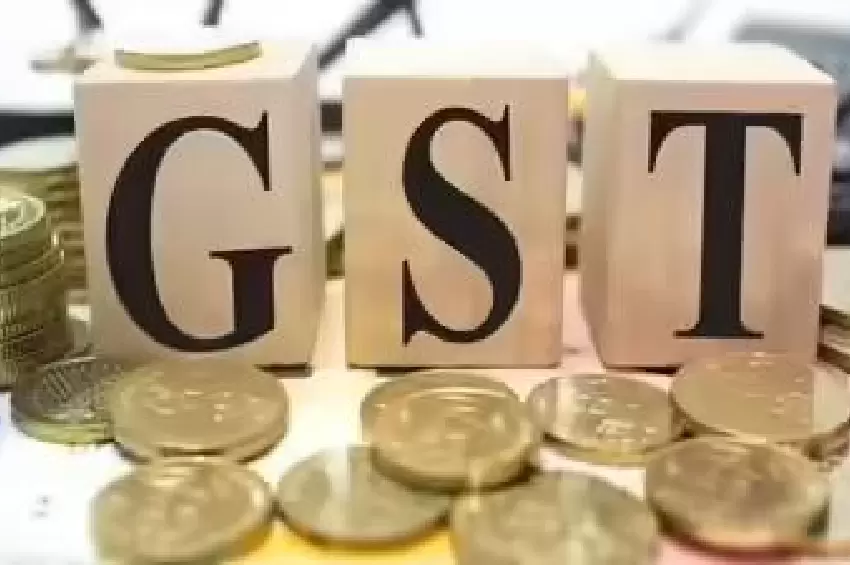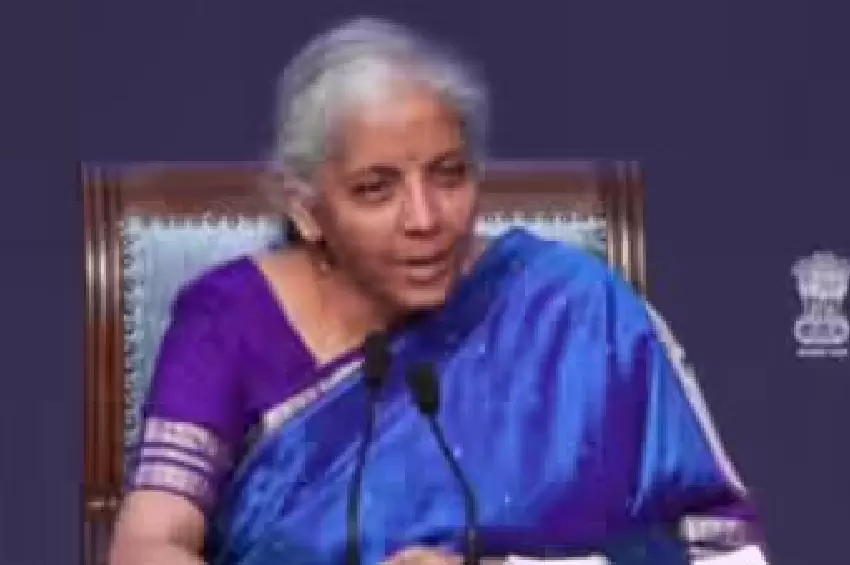India's Green Energy Milestone
NEW DELHI: In a significant leap towards sustainable development, non-fossil fuel sources now constitute half of India's power generation capacity. This achievement comes five years ahead of the target set under its Nationally Determined Contributions (NDCs) to the Paris Agreement.

Leadership and Vision
Renewable energy minister Pralhad Joshi highlighted India's global leadership in climate solutions, attributing this progress to Prime Minister Narendra Modi's vision for a green transformation. Since 2014, Modi has championed clean energy, significantly raising targets from 20,000 MW to 175 GW by 2022, and later to 500 GW by 2030.
Strategic Shift in Energy Policy
The government's focus has evolved from merely increasing solar or wind capacity to embracing a broader spectrum of non-fossil fuel sources, including large hydel projects. This shift underscores India's commitment to energy security, climate action, and sustainable growth.
Current Energy Landscape
As of June, India's total installed generation capacity stands at 484.8 GW, with renewable energy and nuclear power contributing to over 50% of this capacity. Thermal generation remains a significant part of the energy mix at 242 GW.









Comments